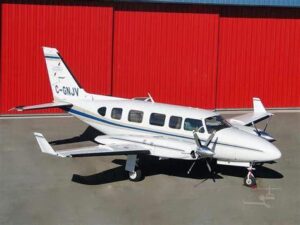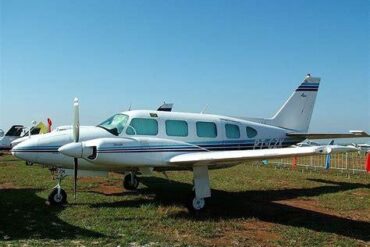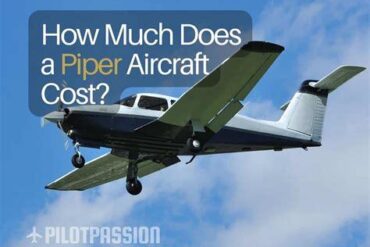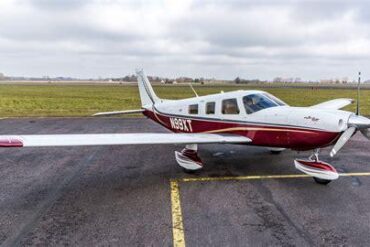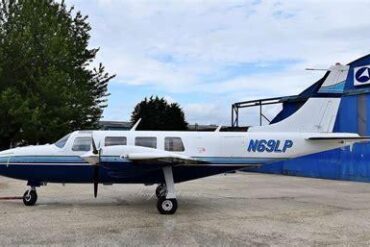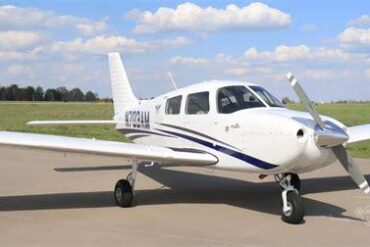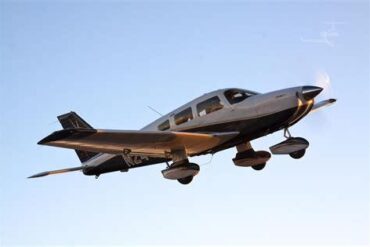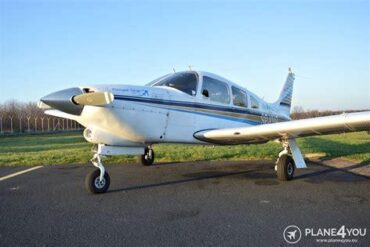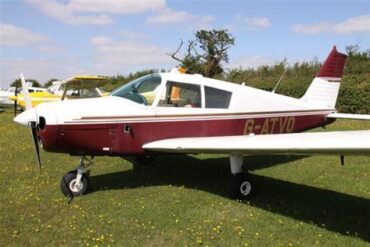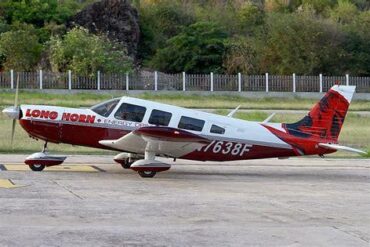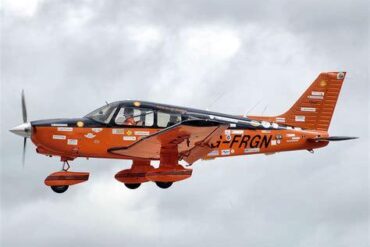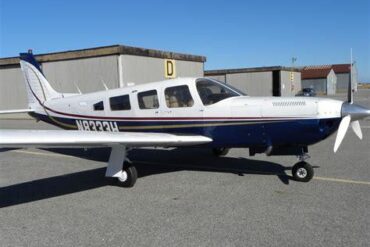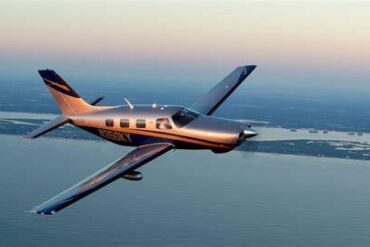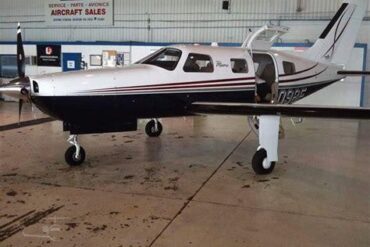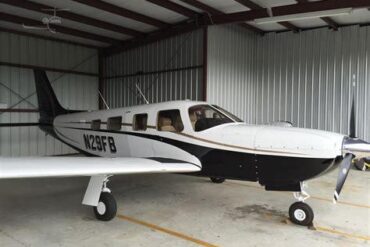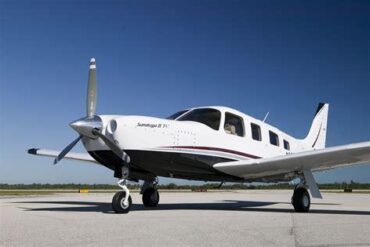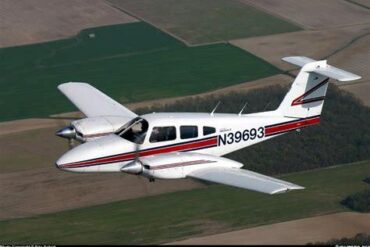The Piper Navajo Chieftain is a twin-engine aircraft that has become synonymous with reliability and performance in the general aviation sector. This versatile aircraft is widely used for both private and commercial operations. In this article, we will delve into the cost factors associated with purchasing and operating a Piper Navajo Chieftain, providing an extensive overview to aid potential buyers and operators in their decision-making process.
Overview of the Piper Navajo Chieftain
The Piper Navajo Chieftain, introduced in the 1970s, is an upgraded version of the earlier Navajo models. With a seating capacity for up to six to eight passengers, this aircraft is particularly popular for charter services and freight transport. Its pressurized cabin allows for comfortable flying at higher altitudes, enhancing its appeal for long-distance flights. The Chieftain is equipped with Lycoming TIO-540-U2A engines, offering a balance of power and efficiency.
Purchase Price of the Piper Navajo Chieftain
When considering the purchase price of a Piper Navajo Chieftain, several factors influence the overall cost. These include the aircraft’s age, condition, modifications, and the inclusion of equipment such as avionics.
Typical Price Range
-
New Models: While new Piper Navajo Chieftains are rare due to their vintage nature, one might expect prices to start around $600,000 to $700,000 for a new aircraft with modern upgrades.
-
Used Models: The market for used Piper Navajo Chieftains is more robust. Depending on the age and condition, prices generally range from $100,000 to $500,000. Well-maintained models with updated avionics can command higher prices.
Factors Affecting Purchase Price
-
Aircraft Condition: The physical and mechanical condition significantly affects the price. A well-maintained aircraft with a thorough maintenance log will attract a premium.
-
Avionics Upgrades: Modern avionics systems, including GPS navigation, radar, and autopilot systems, can increase the aircraft’s value significantly. Owners should consider investing in upgrades to enhance safety and performance.
-
Total Time on Airframe: Aircraft with lower total flight hours are generally more valuable. Buyers often seek planes with a total time on airframe of less than 5,000 hours.
-
History of Use: Aircraft that have been used primarily for personal flying tend to have less wear and tear compared to those used in commercial operations.
Operating Costs of the Piper Navajo Chieftain
Operating costs are a crucial aspect for any potential owner of the Piper Navajo Chieftain. Understanding these costs can help in budgeting for the overall expense of ownership.
Fixed Costs
Fixed costs are incurred regardless of how much the aircraft is flown. These include:
-
Insurance: The cost of insurance varies based on the aircraft’s value, pilot experience, and intended use. Expect to pay between $5,000 and $15,000 annually.
-
Hangar Fees: Depending on the location, hangar fees can range from $200 to $2,000 per month. Urban areas typically have higher fees due to demand.
-
Annual Inspections: Regular maintenance and inspections are mandatory. Expect to spend $3,000 to $10,000 annually on inspections, depending on the services required.
Variable Costs
Variable costs fluctuate based on the hours flown. Key variable costs include:
-
Fuel Costs: The Piper Navajo Chieftain consumes approximately 20 to 25 gallons per hour of fuel. With average fuel prices ranging from $5 to $7 per gallon, expect fuel costs to be around $100 to $175 per hour.
-
Maintenance and Repairs: Routine maintenance and unexpected repairs can add to costs. Budgeting $15 to $30 per flight hour for maintenance is a prudent approach.
-
Engine Overhaul: The engines of the Navajo Chieftain require overhauls every 1,500 to 2,000 hours. The cost for an engine overhaul can range from $30,000 to $50,000.
-
Crew Costs: If hiring pilots, crew costs can vary significantly. Salaries for qualified pilots can range from $60,000 to $120,000 annually, depending on experience and the operational context.
Total Operating Cost Estimate
Considering both fixed and variable costs, the estimated total operating cost for a Piper Navajo Chieftain can range from $200 to $500 per flight hour, depending on the operational profile and maintenance practices. Here’s a breakdown:
| Cost Category | Estimated Cost per Hour |
|---|---|
| Fuel | $100 – $175 |
| Maintenance | $15 – $30 |
| Insurance (per flight hour estimate) | $10 – $25 |
| Engine Reserve | $20 – $40 |
| Total Operating Cost | $200 – $500 |
Benefits of Owning a Piper Navajo Chieftain
Owning a Piper Navajo Chieftain offers numerous benefits, making it a popular choice among pilots and businesses alike. Some of the key advantages include:
Versatility
The Chieftain can handle various missions, from business travel to air ambulance services and cargo transport. Its adaptable design allows operators to modify the interior to suit specific needs.
Comfort and Space
With its spacious cabin and pressurized environment, the Chieftain provides a comfortable flying experience for passengers. It is designed to accommodate up to eight people, offering ample legroom and headroom.
Reliability
Piper’s commitment to quality is evident in the Navajo Chieftain’s robust build and reliable performance. Many aircraft still flying today have logged thousands of hours, demonstrating their durability and reliability.
Economic Operation
Compared to other aircraft in its class, the Piper Navajo Chieftain offers competitive operating costs, making it an economically sound investment for owners and operators. Its fuel efficiency and low maintenance needs contribute to its overall value.
Financing Options for the Piper Navajo Chieftain
When purchasing a Piper Navajo Chieftain, understanding the financing options available can ease the financial burden. Here are some common methods of financing:
Traditional Loans
Many banks and financial institutions offer aircraft loans for purchasing a Piper Navajo Chieftain. These loans typically require a down payment of 10-20% of the aircraft’s price and come with various terms.
Lease Financing
Leasing is an attractive option for those looking to minimize upfront costs. Lease payments can often be lower than loan payments, allowing operators to utilize the aircraft without a large initial investment.
Fractional Ownership
Fractional ownership programs allow multiple owners to share the costs of an aircraft. This option can significantly reduce individual ownership costs while still providing access to the aircraft.
Conclusion
In conclusion, the Piper Navajo Chieftain is a remarkable aircraft known for its versatility, reliability, and comfort. While the purchase price can vary significantly, understanding the various operating costs is crucial for potential owners and operators. By carefully considering the financial implications and benefits of ownership, one can make an informed decision that aligns with their aviation needs. With the right planning and management, the Piper Navajo Chieftain can serve as a valuable asset for years to come.
